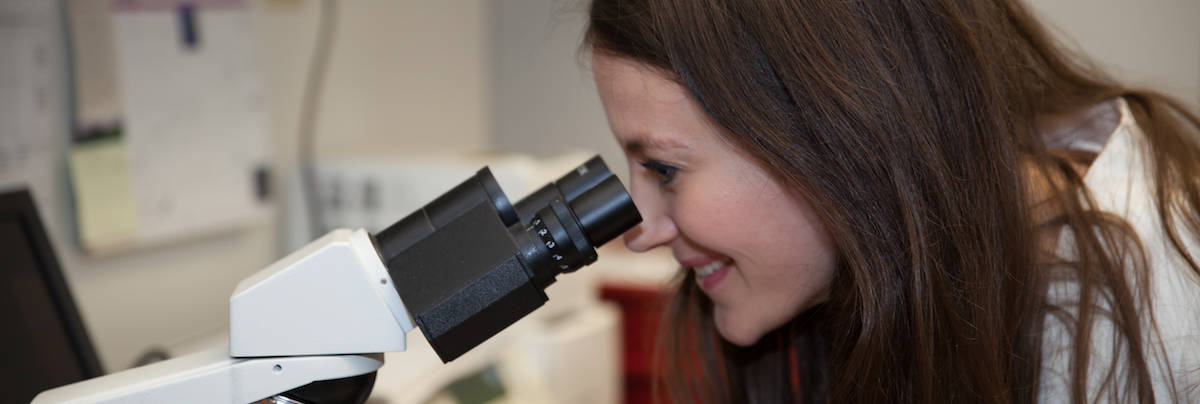One of the top priorities at our practice is helping patients treat and prevent skin cancer. Our goal is to provide proper skin care education through routine exams and have the most innovative, efficient treatment options available to our patients who need it. If you’re familiar with our blog, chances are you’ve already learned a little bit about Mohs micrographic surgery. For patients who are not familiar with this procedure, here’s a little background:
Mohs micrographic surgery, also known as The Mohs technique was developed by Frederick Mohs in the 1930s and is the single most effective technique for removing Basal Cell Carcinoma and Squamous Cell Carcinoma (two of the most common types of skin cancers). Mohs surgery is one of the most widely used techniques amongst surgeons because it completely removes cancerous cells while maintaining the great amount of healthy skin tissue. This means that there is minimal scarring and best of all, Mohs micrographic surgery has a cure rate of 98 percent.
Is Mohs surgery the right treatment option for you? Here’s how it works:
- Mohs surgery is typically performed in an outpatient setting with local anesthesia. Patients are awake for the entire procedure
- The Mohs surgeon begins by cutting a small piece of the cancerous skin with a standard scalpel. Again, patients are under anesthesia and will not feel any pain or discomfort during this process.
- Removed tissue is immediately frozen and stained so that it can be viewed under a microscope right there in the office. The Mohs surgeon looks closely at the tissue to see if there are any visible roots in the tumor.
- If there are visible roots, the Mohs surgeon will remove another small layer of the cancerous skin and repeat the process until no visible roots remain. Since each person and treatment needs are unique, the entire procedure could take anywhere from one hour to several. Patients will have a small bandage placed over the wound while they wait for the Mohs surgeon to view the sample under a microscope, so it’s encouraged that patients bring a book.
- After the last of the cancerous skin is removed, the patient will be stitched up. Time away from physical activity will be anywhere from a few days to a few weeks, depending om the size and location of the cancer.
Want to know more? Call us at 317-838-9911 (for the Plainfield location) or 317-732-8980 (for the Zionsville location). One of our friendly staff members will be happy to answer your questions and get an appointment scheduled.
Disclaim: This blog provides general information and discussion about medical, cosmetic, mohs, and surgical dermatology. The words and other content provided in this blog, and in any linked materials, are not intended and should not be construed as medical advice. If the reader or any other person has a medical concern, he or she should consult with an appropriately-licensed dermatologist or other health care worker.
